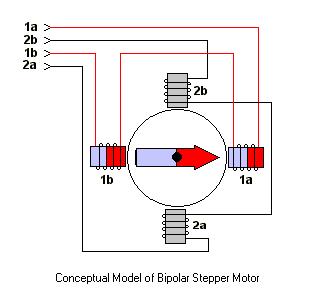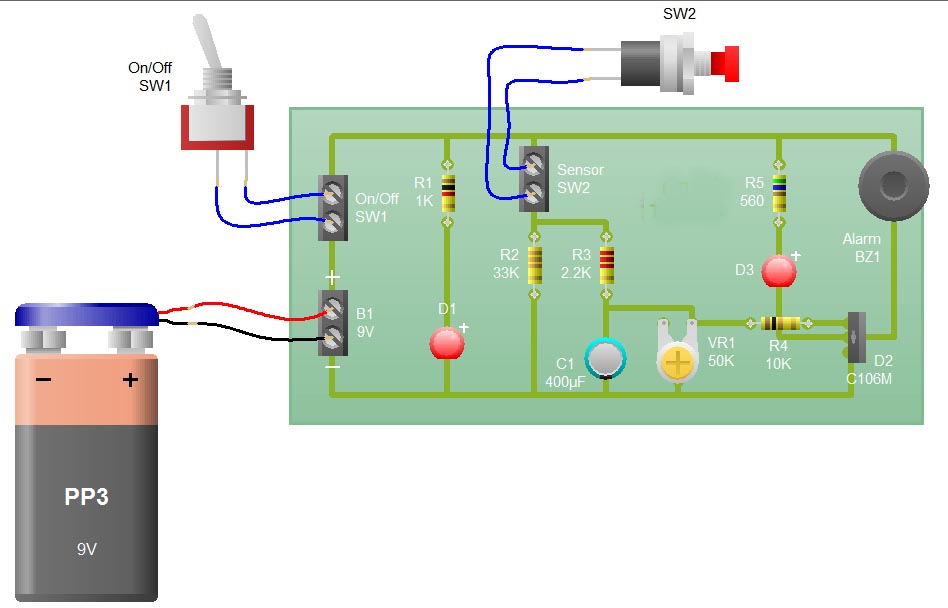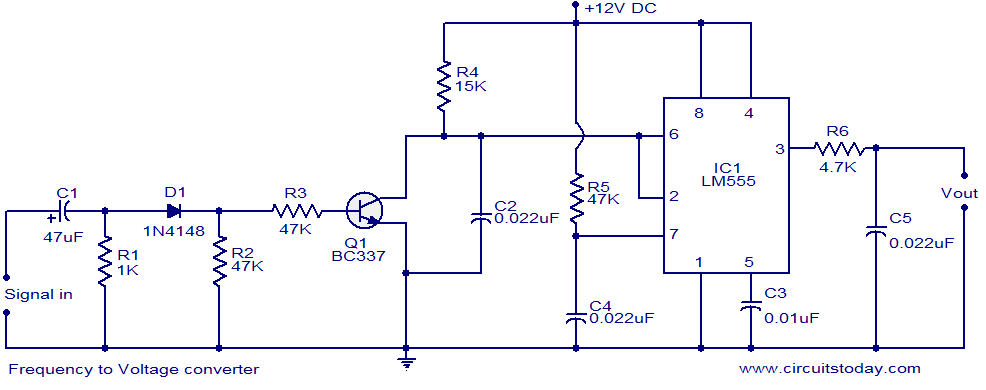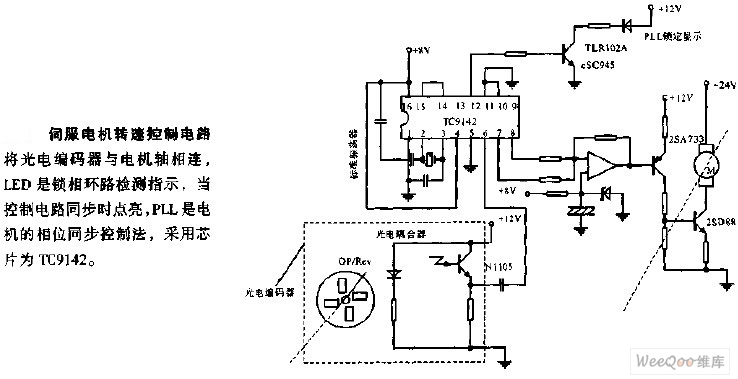
stepper motor controlling using uln2003

The ULN2003 features high voltage, high current Darlington arrays, each consisting of seven open collector Darlington pairs with common emitters.
The ULN2003 is a versatile integrated circuit designed for driving high-current loads such as relays, motors, and lamps. It operates with a wide input voltage range and can handle significant output current, making it suitable for various applications in industrial and consumer electronics. Each of the seven channels can independently control a load, providing flexibility in circuit design.
The open collector configuration allows the ULN2003 to interface with different voltage levels, as the output can be connected to an external pull-up resistor. This feature enables the IC to be used in various configurations, including sinking current from the load to ground when activated by a logic input signal.
The typical input signal voltage range is compatible with TTL and CMOS logic levels, allowing easy integration into digital circuits. The internal structure of the Darlington pairs provides high voltage gain, ensuring that even low input signals can effectively drive larger loads.
Thermal management is an essential consideration when utilizing the ULN2003, particularly when operating at maximum current ratings. Adequate heat dissipation methods, such as heat sinks or thermal pads, should be implemented to maintain reliable operation and prevent thermal shutdown.
In summary, the ULN2003 is an efficient solution for driving high-power loads in a compact package, making it a preferred choice for engineers designing control circuits in various applications.The ULN2003 internally employs high voltage, high current darlington arrays each containing seven open collector darlington pairs with common emitters.Read More.. 🔗 External reference
The ULN2003 is a versatile integrated circuit designed for driving high-current loads such as relays, motors, and lamps. It operates with a wide input voltage range and can handle significant output current, making it suitable for various applications in industrial and consumer electronics. Each of the seven channels can independently control a load, providing flexibility in circuit design.
The open collector configuration allows the ULN2003 to interface with different voltage levels, as the output can be connected to an external pull-up resistor. This feature enables the IC to be used in various configurations, including sinking current from the load to ground when activated by a logic input signal.
The typical input signal voltage range is compatible with TTL and CMOS logic levels, allowing easy integration into digital circuits. The internal structure of the Darlington pairs provides high voltage gain, ensuring that even low input signals can effectively drive larger loads.
Thermal management is an essential consideration when utilizing the ULN2003, particularly when operating at maximum current ratings. Adequate heat dissipation methods, such as heat sinks or thermal pads, should be implemented to maintain reliable operation and prevent thermal shutdown.
In summary, the ULN2003 is an efficient solution for driving high-power loads in a compact package, making it a preferred choice for engineers designing control circuits in various applications.The ULN2003 internally employs high voltage, high current darlington arrays each containing seven open collector darlington pairs with common emitters.Read More.. 🔗 External reference





